The Camino de Santiago from Madrid is the route that pilgrims walk from the capital of Spain to Santiago de Compostela. Just as Madrid and its Puerta del Sol mark the kilometer 0 for all roads in Spain, it’s also the starting point for pilgrims embarking on their journey from Madrid. In this post, we’ll provide you with all the information you need about the Camino de Santiago from Madrid —a journey of over 300 kilometers along peaceful and less-traveled paths, steeped in history, offering diverse landscapes, and featuring exquisite gastronomy.
What? A pilgrimage route from Madrid?
Yes, indeed. The Camino de Santiago from Madrid traverses the Sierra de Guadarrama and the northern plateau of Spain, passing through the provinces of Madrid, Segovia, Valladolid, and León before reaching Sahagún, where it connects with the French Way.
This route and its trails have existed for a long time and were traveled by various pre-Roman peoples who inhabited the Iberian Peninsula. With the Roman conquest, the Roman Road XXIV was built to connect Toledo, Segovia, and other towns along the Camino de Santiago from Madrid.
In subsequent centuries, this path was frequented by pagans, Christians, and Muslims: kings, soldiers, traders, transhumant herders, laborers (many from Galicia), and, of course, pilgrims making their way from Madrid to Santiago.
Pilgrimage from Madrid to Santiago de Compostela
The Camino de Santiago from Madrid is a 320-kilometer route between the cities of Madrid and Sahagún, a stretch that can be completed in about 13 stages or days (excluding possible variations). From Sahagún, the journey continues for another 360 kilometers to Santiago de Compostela along the French Way, adding approximately 16 more pilgrimage days.
This route offers a bit of everything, from the multicultural metropolis of Madrid to the challenging Sierra de Guadarrama and the serene path through the quiet Castilian plateau.
Shall we delve into the stages?
- Stage 1: Madrid – Tres Cantos (25 km)
We begin at Santiago Square in Madrid, heading north. This stage is quite urban, as we need to leave behind the bustling metropolis of Madrid. Midway, we leave the city outskirts and gradually enter the Castilian landscape via livestock paths leading us to Tres Cantos.
- Stage 2: Tres Cantos – Manzanares el Real (25 km)
With the Sierra de Guadarrama on the horizon, we depart from Tres Cantos and walk amidst pastures and the Tejada Stream. Our stage ends in Manzanares el Real, where its reservoir, castle, and unique surroundings provide a place to rest before crossing the mountains.
- Stage 3: Manzanares el Real – Cercedilla (20 km)
Leaving Manzanares el Real, we walk parallel to the Sierra de Guadarrama, discovering meadows adorned with distinctive granite rock formations. Some minor ascents serve as a prelude to the mountainous stage the next day, so it’s wise to rest well in Cercedilla.
- Stage 4: Cercedilla – Segovia (30 km)
We depart from Cercedilla to tackle a demanding yet beautiful stage that crosses the Sierra de Guadarrama. Via the Roman Road XXIV, we reach the Puerto de Fonfría, the highest point on the Camino de Madrid and within the entire Iberian Peninsula at 1796 meters above sea level. A challenging descent takes us to our stage destination, the charming Segovia. A well-deserved roast suckling pig, perhaps?
- Stage 5: Segovia – Santa María la Real de Nieva (33 km)
Leaving Segovia, we enter a new landscape—the solitary and expansive Castilian plain. Few services and little shade will accompany us along the way, but the effort is rewarded upon reaching the Santa María la Real de Nieva monastery, our stage’s endpoint.
- Stage 6: Santa María la Real de Nieva – Coca (22 km)
Departing from Santa María la Real de Nieva, we venture into the region of Tierra de Pinares. As the name suggests, this stage offers the shade of pine trees along our path, leading us to Coca.
- Stage 7: Coca – Alcazarén (24 km)
After Coca, we bid farewell to the province of Segovia and enter Valladolid’s territory. More shade and trails along royal livestock paths remind us of the passage of transhumant herders, laborers, and pilgrims. After Villeguillo, the only intermediate town on this stage, we embark on the final 17 kilometers (be mindful, no services!) and arrive in Alcazarén.
- Stage 8: Alcazarén – Puente Duero (25 km)
We leave Alcazarén and continue along dirt paths and pine forests. The stage concludes in Puente Duero, where the bridge bears witness to centuries of pilgrims passing through from Madrid.
- Stage 9: Puente Duero – Peñaflor de Hornija (27 km)
The stage from Puente Duero transports us to the medieval past of these lands. Passing through the historic town of Simancas, we can enjoy its castle and bridge over the Pisuerga River. Then, we also pass through Wamba, the town with the strangest name in Spain, named after the Visigothic king. We recommend visiting the Mozarabic church and Spain’s largest ossuary. A final surprise awaits as we ascend to Peñaflor de Hornija, our stage’s endpoint.
- Stage 10: Peñaflor de Hornija – Medina de Rioseco (24 km)
We promised a variety of landscapes, and today we introduce you to Tierra de Campos, characterized by its tranquil and austere nature, accompanying us to the end. It’s worth arriving early at the stage’s endpoint, Medina de Rioseco—a town with plenty of heritage to explore.
- Stage 11: Medina de Rioseco – Cuenca de Campos (25 km)
From Medina de Rioseco, we continue walking alongside the Canal de Castilla, a delightful stroll offering greenery and shade. We return to the austerity of the plateau, and the path leads us to Cuenca de Campos, a stretch with minimal elevation changes.
- Stage 12: Cuenca de Campos – Santervás de Campos (22 km)
We leave Cuenca de Campos and pass through the historic Villazón de Campos and Fontihoyuelo, the smallest town on the Camino de Madrid. Then, we can rest in Santervás de Campos and prepare for the final stage of this solitary journey.
- Stage 13: Santervás de Campos – Sahagún (19 km)
We wake up and leave Santervás de Campos, entering the province of León. The landscape remains unchanged, and we pass through Grajal de Campos before reaching Sahagún, where the Camino de Madrid concludes, connecting with the French Way in this beautiful city.
Route, Signage, and Services
The Camino de Madrid offers a diverse route. The initial stages involve some elevation changes, such as the ascent and descent in stage 4, which crosses the Sierra de Guadarrama. Starting from stage 6, the Camino is generally flat.
Pilgrims will mostly walk on dirt roads and tracks, and in some stages, they’ll encounter soft, fine sand paths. Some stages offer more shade than others, as well as greener terrain compared to arid landscapes. As mentioned earlier, the pilgrim will encounter a variety of landscapes.
Signage is generally good, featuring the typical markers of the Camino de Santiago: yellow arrows, milestones, ceramic tiles, and so on. However, signage can vary depending on the autonomous community you pass through. Pay close attention to signs when leaving large cities like Madrid.
Regarding services, you’ll find them in the various towns along the Camino de Madrid route, but there are stretches between towns with minimal services.
Some tips for this route
- Consider walking the Camino de Madrid in spring or autumn to avoid the winter cold (and snow) and the summer heat.
- Carry 3 or 4 liters of water per stage, as water sources are scarce on this route.
- Bring some food, including fruits and nuts.
- Protect yourself from the sun (sunscreen, hat, etc.) as shade can be limited at times.
- Plan your overnight accommodations in advance.
Will I obtain the Compostela certificate?
A million-dollar question. And the answer is yes, but you must arrive in Santiago de Compostela as a pilgrim to receive it. The Camino de Santiago from Madrid connects this city to Sahagún, where it joins the legendary French Way, the route that ultimately takes you to Santiago de Compostela. Therefore, if you’ve already covered more than 300 kilometers between Madrid and Sahagún, you still have another several hundred kilometers ahead to reach Santiago and earn your Compostela.
Tradition says there are as many paths as origins
The concept remains the same, and the Camino de Santiago begins at your doorstep. For those pilgrims from Madrid, of whom there are many, if you wish to be true pilgrims to Santiago, in the old-fashioned way, you should start your pilgrimage from your home. And if you’re not from Madrid, we invite you nonetheless to explore, walk, and experience the Camino de Santiago from Madrid.

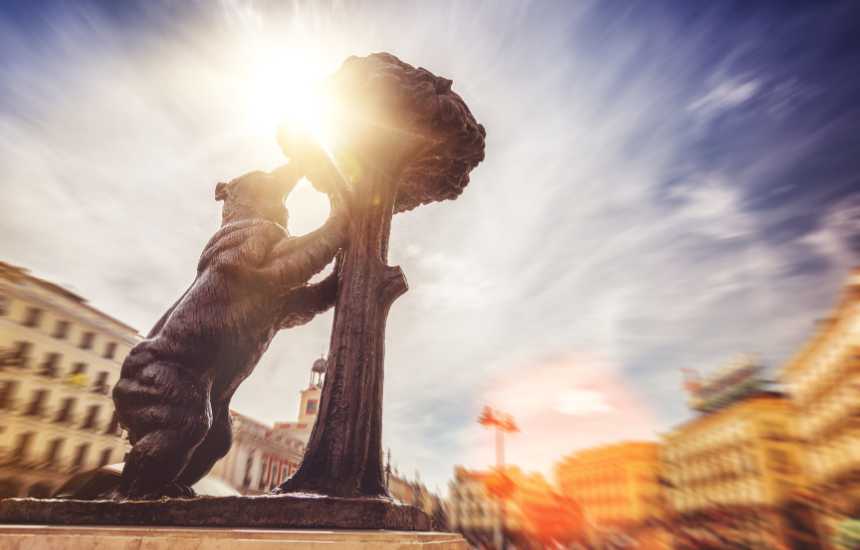
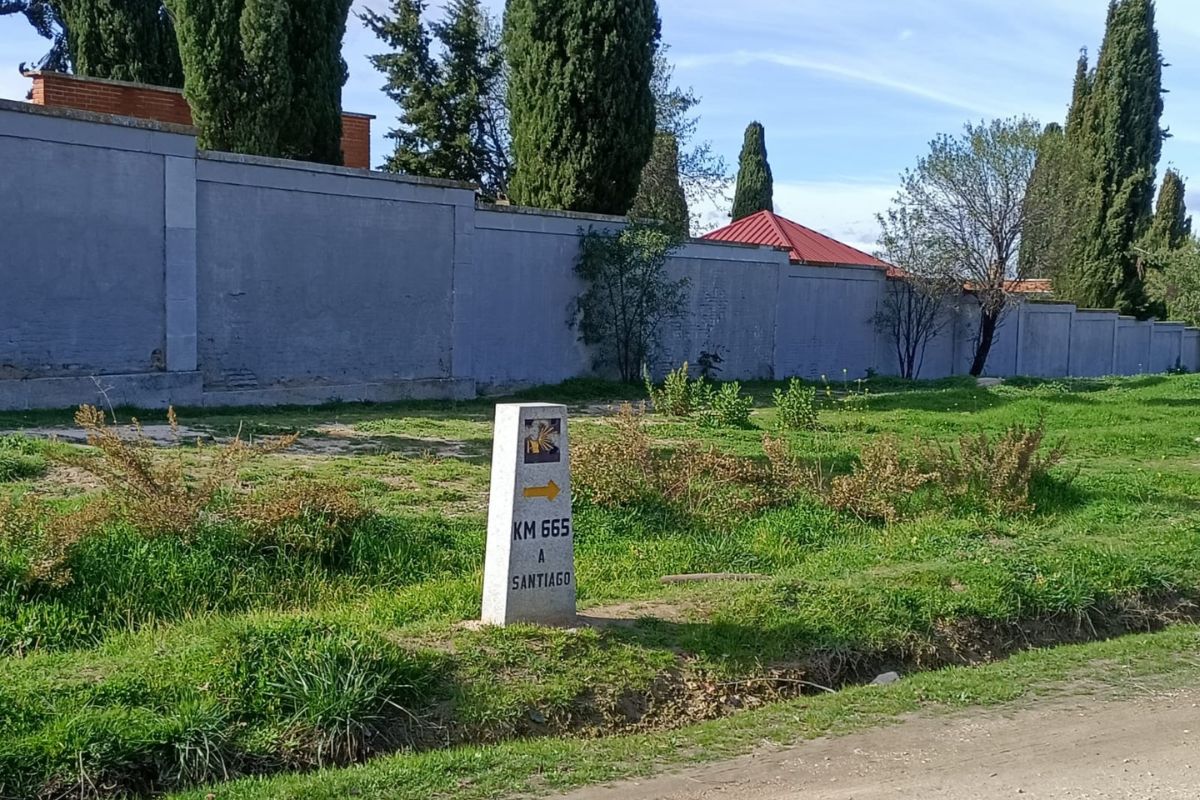
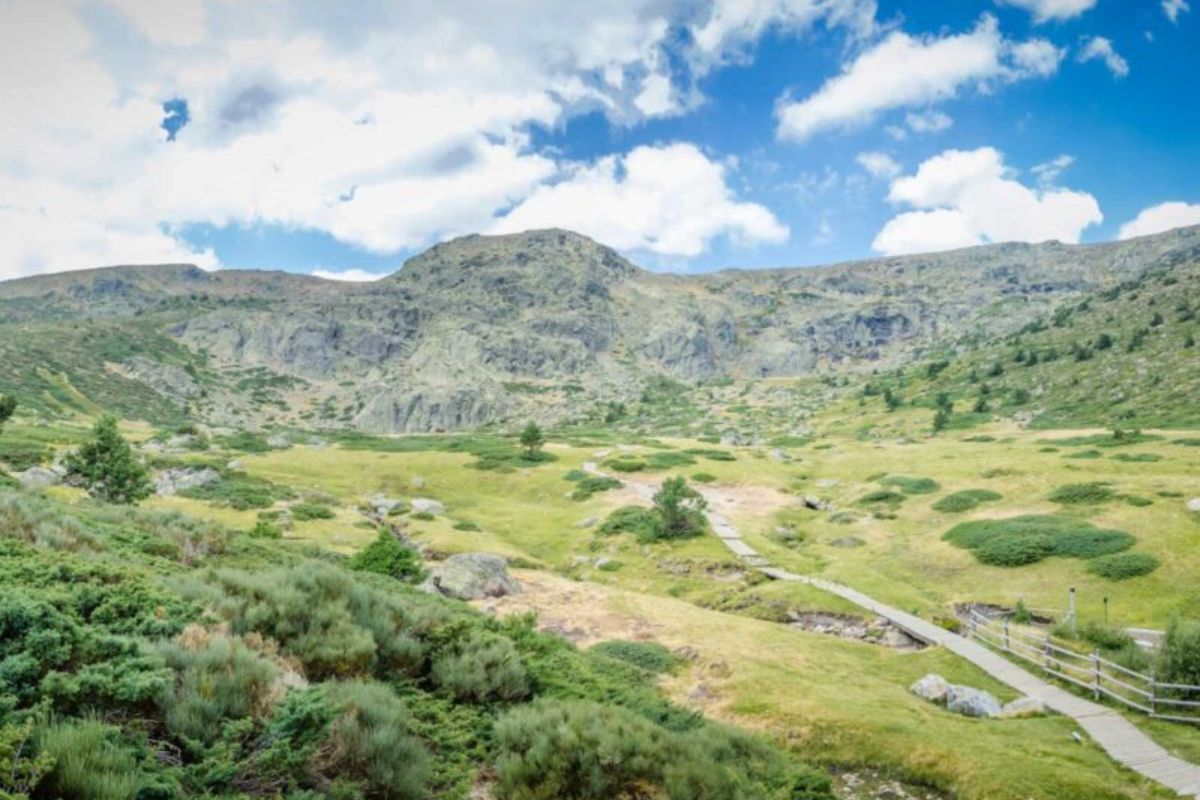
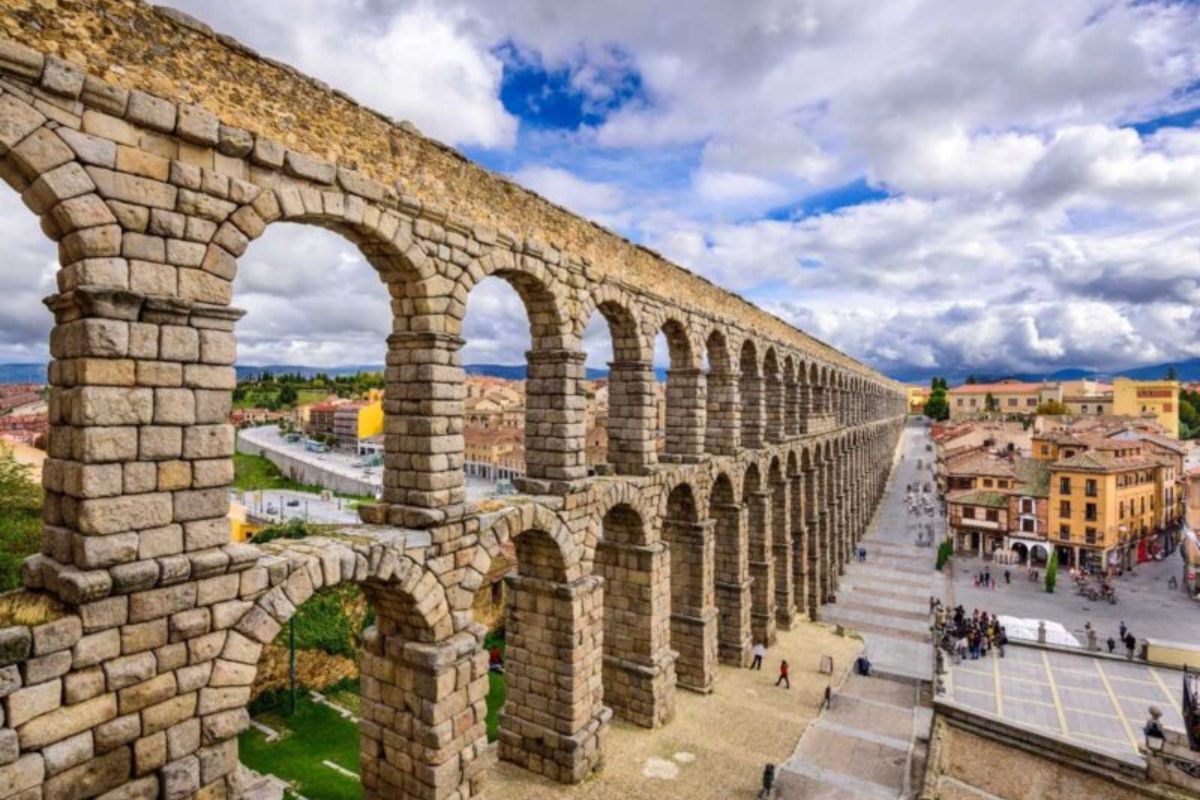
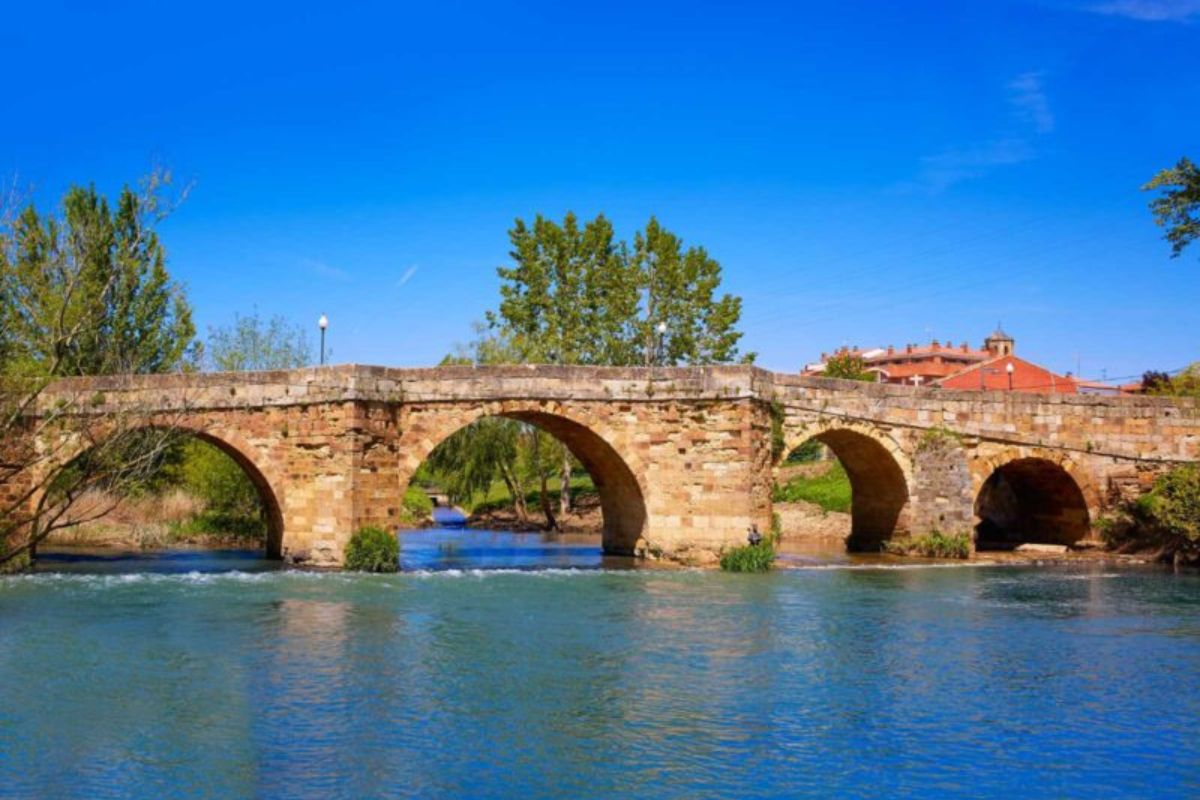
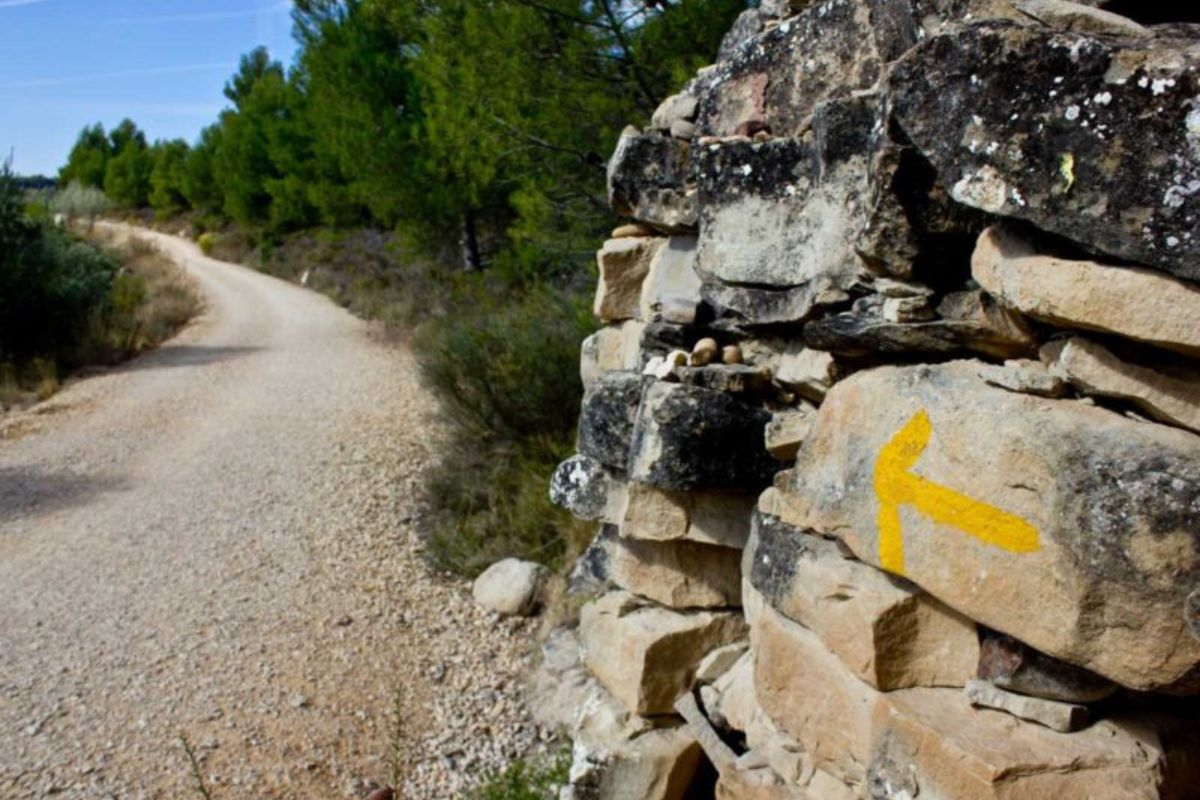
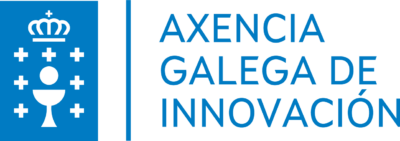

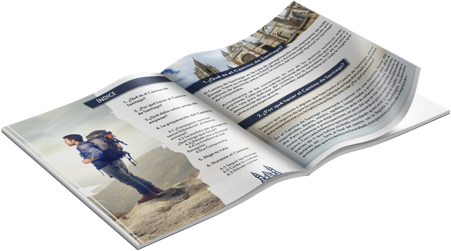

Leave A Comment